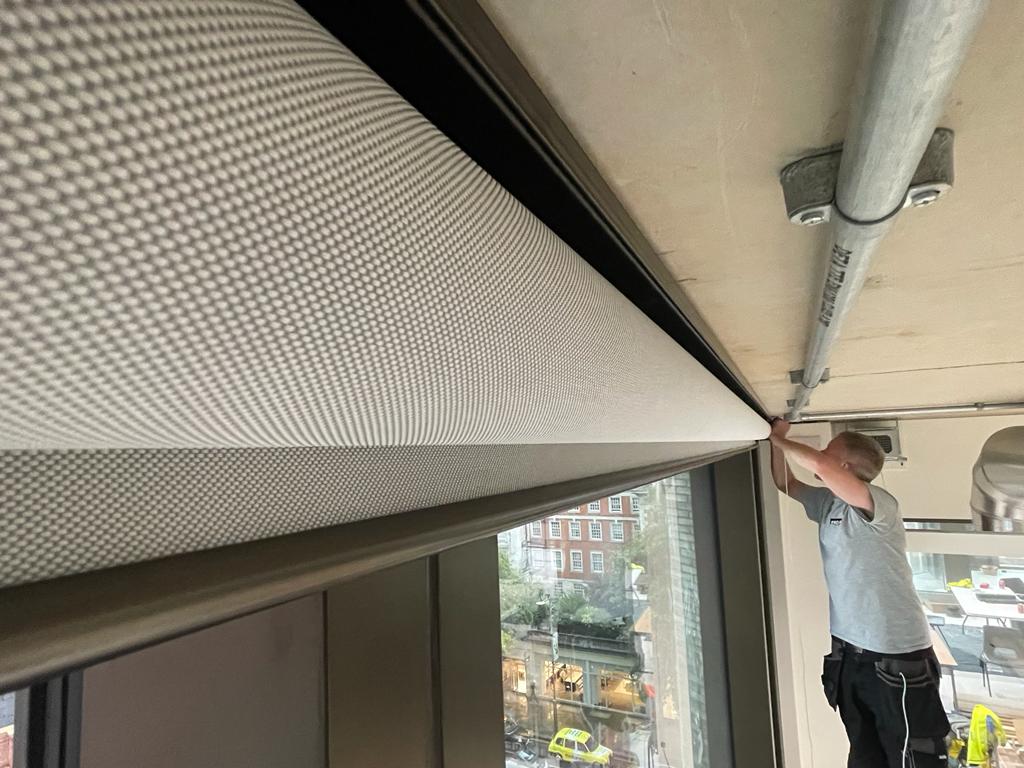
Blindspace: Revolutionizing Architectural Design with Seamless Integration
Introduction to Blindspace
In the dynamic world of architectural design, the integration of aesthetics and functionality is essential. Architects and builders face the ongoing challenge of blending utility with visual appeal, ensuring that each design element supports both practical and aesthetic goals. Blindspace has emerged as a crucial concept in this context, providing an elegant solution for concealing blinds and enhancing both the form and function of modern structures.
The Concept of Blindspace
Blindspace offers architects and builders the chance to incorporate blinds, screens, and other window treatments directly into a building’s architecture. This approach is critical for maintaining the minimalist design that defines modern aesthetics. By planning for blind concealment from the outset, architects can preserve the integrity of their visual designs, ensuring that mechanical elements remain hidden and do not disrupt the space’s visual continuity.
Aesthetic Benefits of Concealing Blinds
Within architectural circles, the sleek, unobtrusive integration offered by blindspace is valued for its ability to support a design ethos centered on simplicity and natural light. Concealing blinds when not in use ensures unobstructed views and maximizes the entry of natural light, crucial for modern design that promotes openness and connection with the environment.
Functional Advantages of Motorised Blinds and Blindspace
Incorporating blindspace, especially with motorised blinds, offers substantial practical benefits. Early collaboration with experts like Project Blinds ensures that the selected blinds are both aesthetically pleasing and highly functional. Motorised blinds improve convenience, allow better control of light and insulation, and enhance the building’s energy efficiency.
Strategic Considerations in Design
Incorporating blindspace requires foresight and strategic planning. Working with Project Blinds from the design phase ensures the selection of appropriate profiles and motorised systems that integrate seamlessly with hidden functionalities. These considerations are crucial for creating environments that are visually appealing and functionally efficient.
Blindspace: A Standard in Future Architectural Trends
Looking forward, blindspace is expected to evolve from an innovative design element to a standard practice in architecture. Its ability to improve both the functionality and aesthetic appeal of spaces aligns well with contemporary architectural trends that favour smarter, cleaner, and more user-centric designs. The expertise provided by firms like Project Blinds is invaluable, ensuring that architectural solutions are both contemporary and forward-thinking.
Conclusion: A Fundamental Shift in Design Philosophy
Blindspace transcends being a mere detail in architectural design; it represents a fundamental component that enhances the sophistication of modern architecture. Leveraging Project Blinds’ expertise to integrate motorised blinds and concealment solutions pushes architectural projects beyond today’s expectations, meeting the sophisticated demands of discerning clients.
